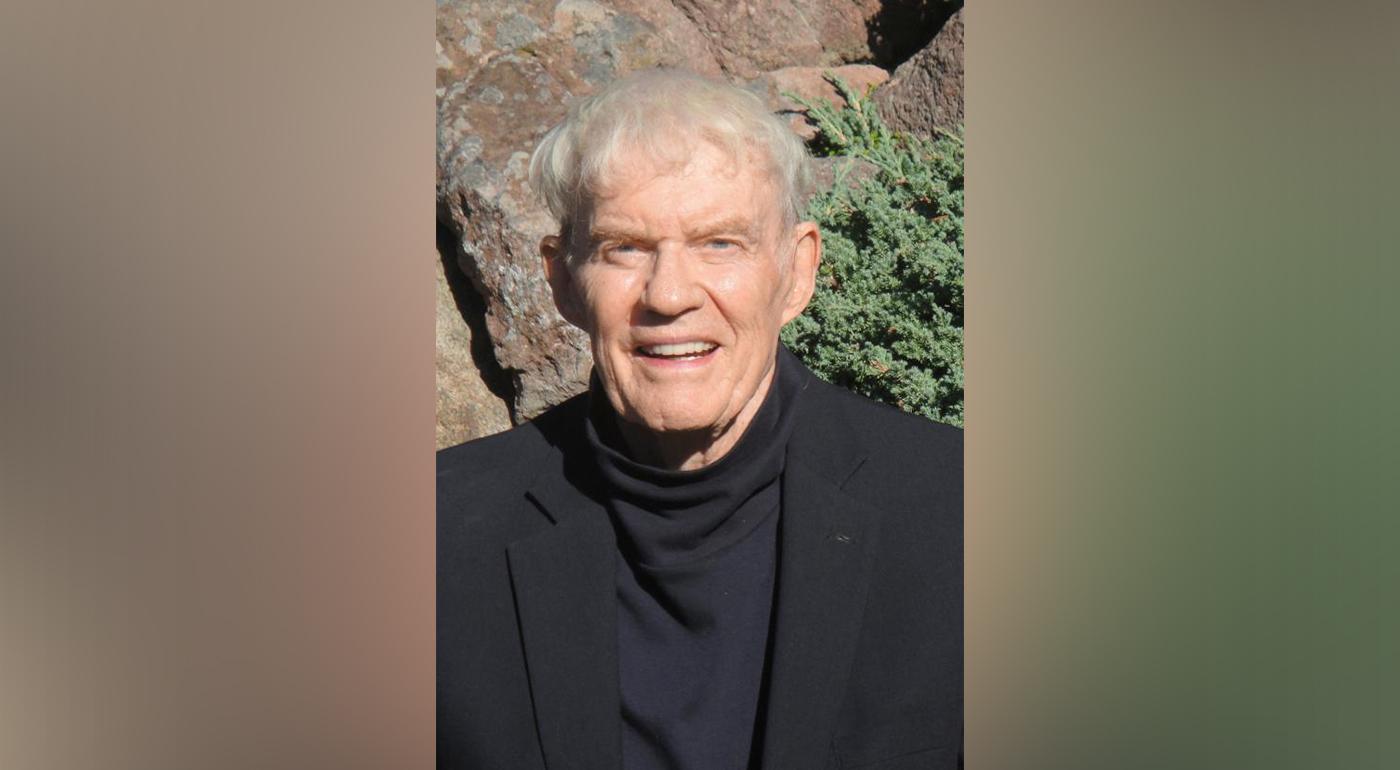
Stuart Bowyer, an astronomer whose contributions to the field of ultraviolet astronomy were Promethean, succumbed to complications of the Covid virus on September 23.
Born in Toledo, Ohio, Bowyer’s professional career began at the Naval Research Laboratory in Washington, D.C. However, most of his career was spent as professor of astronomy at the University of California, Berkeley.
In addition to his work in the burgeoning field of extreme ultraviolet astronomy – an activity that at one time kept 150 people busy at Berkeley’s Space Science Lab – Bowyer also promoted SETI, both directly and indirectly. He initiated Berkeley’s SETI program at the Hat Creek Radio Observatory – an effort that continues today as astronomers scrutinize hundreds of thousands of stellar systems under the aegis of Breakthrough Listen and the SETI Institute.
These accomplishments were impressive, but it’s fair to say that Bowyer’s greatest SETI legacy was his influence on a doctoral student, Jill Tarter.
“He changed my life,” says Tarter. “In 1975, I was writing a thesis on the interactions of galaxies within clusters … when Stu approached me with a copy of the Cyclops Report. He also gave me access to a surplus PDP-8/S computer that was needed to enable a visionary SETI observing project at the Hat Creek Radio Observatory.”
Tarter had both the engineering skills and astronomical background to capitalize on this opportunity, and the idea of SETI captivated her. That was the beginning of a career that made Tarter one of the most accomplished and iconic of all SETI researchers. Hers was the first project of the SETI Institute.
“Stu changed my professional career forever,” Tarter notes. He also introduced her to Jack Welch – her future husband and the principal architect of the Allen Telescope Array.
Bowyer was known for his ease in social situations and his sometimes-stern behavior with his students and others. But the results speak for themselves. Today, ultraviolet astronomy is a recognized and productive field of research, and SETI is enjoying greater recognition and sustained effort than ever before. And much of the credit can be laid at the feet of the Midwesterner who realized how much there was to learn from the cosmos by looking at it with fresh perspective.





